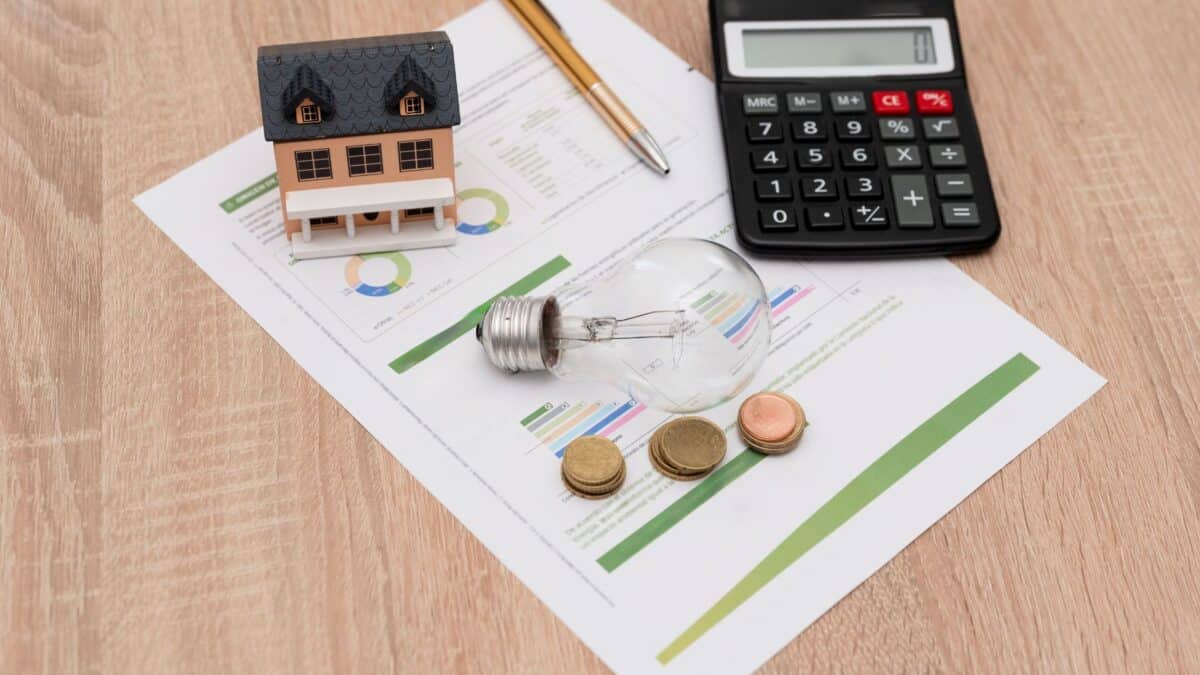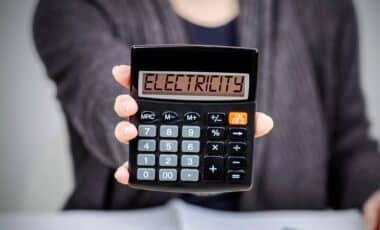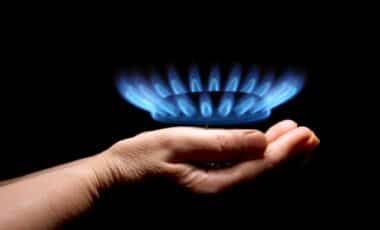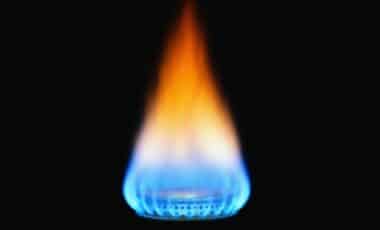Millions of Australian households will face electricity price hikes starting July 1, as major energy retailers AGL and Origin announce price changes. For some, the cost of electricity will rise by as much as $300 annually. This increase comes in the wake of a series of rising costs within the energy sector, including higher network charges, customer service costs, and wholesale electricity expenses.
The price hikes, which have been confirmed by both AGL and Origin, are expected to affect a large portion of the population. With energy bills already a significant concern for many, these new charges will further strain household budgets. The rise in prices comes as Australia braces for another winter of high energy demand, making this issue particularly timely for consumers.
AGL Confirms Price Hikes for Multiple States
AGL, one of Australia’s largest energy retailers, has confirmed significant price increases for its customers across various states. Starting July 1, AGL customers in New South Wales will see an average increase of $267, with some households facing an additional $300 on their annual bills. Other states will also experience price hikes, though at varying rates. In South Australia, the increase will be around $200, while in Queensland, it will be about $155. Victorian customers will face a more moderate increase, with an additional $110 on their bills.
These hikes represent a 13.5% increase in New South Wales, 7.8% in South Australia, 7.5% in Queensland, and 6.8% in Victoria. AGL has explained that the increases are due to rising network charges, which are essential for maintaining and upgrading electricity infrastructure, as well as higher customer service costs and wholesale electricity expenses.
Origin Follows Suit with Similar Price Increase
Origin Energy, another major energy provider in Australia, has also announced price hikes for its customers. Origin will raise electricity prices by an average of 9.1% in New South Wales, 5.5% in South Australia, and 3-4% in Queensland. Unlike AGL, Origin has not yet finalized price changes for Victoria’s electricity rates, though it has confirmed that gas prices will increase by an additional $85 annually for the average Victorian household.
These increases are set to take effect alongside AGL’s price hikes in July, meaning many Australian households will face significant increases in their monthly energy bills.
From 1 July AGL are increasing my electricity from 52 to 56c/kWh and feed in tariffs are being cut from 4 to 2c/kWh which means it makes sense to have a battery to save electricity for later use. No chance we can bring manufacturing back. #auspol #electricity #southaustralia pic.twitter.com/C1jBcYilAO
— Jennifer Game (@JenniferGame6) June 11, 2025
Contributing Factors Behind The Price Hikes
Several factors have contributed to the need for price increases across the energy sector. Rising network charges, which fund the upkeep and expansion of electricity networks, have been a major factor. As the Australian energy market continues to experience supply challenges, these network charges have increased, leading to higher electricity rates for consumers.
In addition to network costs, the price of wholesale electricity has surged due to higher demand and inflation. Retailers such as AGL and Origin have had to pass these higher costs on to their customers. According to energy regulators, these price hikes are considered “inevitable” in states such as New South Wales, Queensland, and South Australia, where energy prices are heavily influenced by wholesale costs and regulatory decisions.
Government Relief Program Aims to Soften The Blow
In response to the growing energy costs, the Australian government has extended its energy bill relief program through the end of 2023. Starting July 1, households will receive their first $75 quarterly instalment, which aims to offset some of the price increases. However, despite this assistance, many Australian families are still expected to feel the financial strain of the rising costs.
Canstar data insights director Sally Tindall has urged households to shop around for better deals, suggesting that consumers should not simply accept the price hikes but rather seek alternative offers in the competitive market. As these price hikes take effect, many Australians will need to reassess their energy providers to manage the increased costs effectively.









